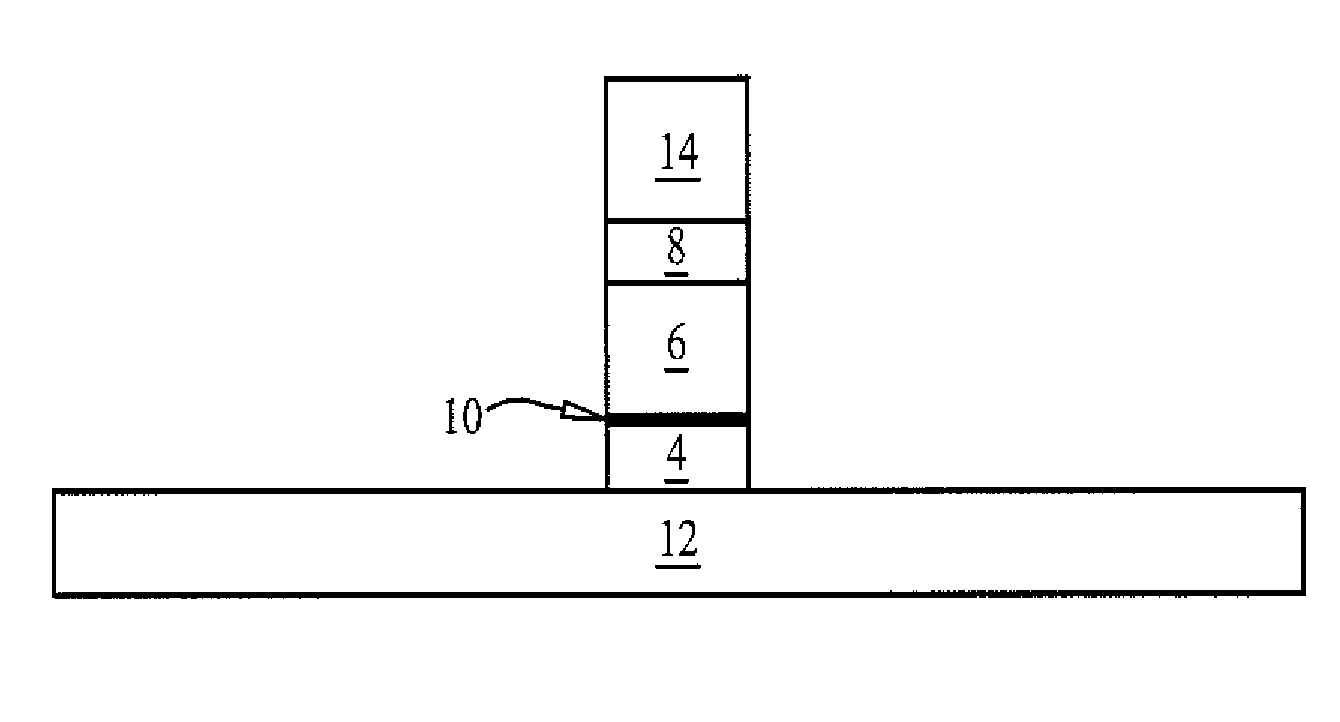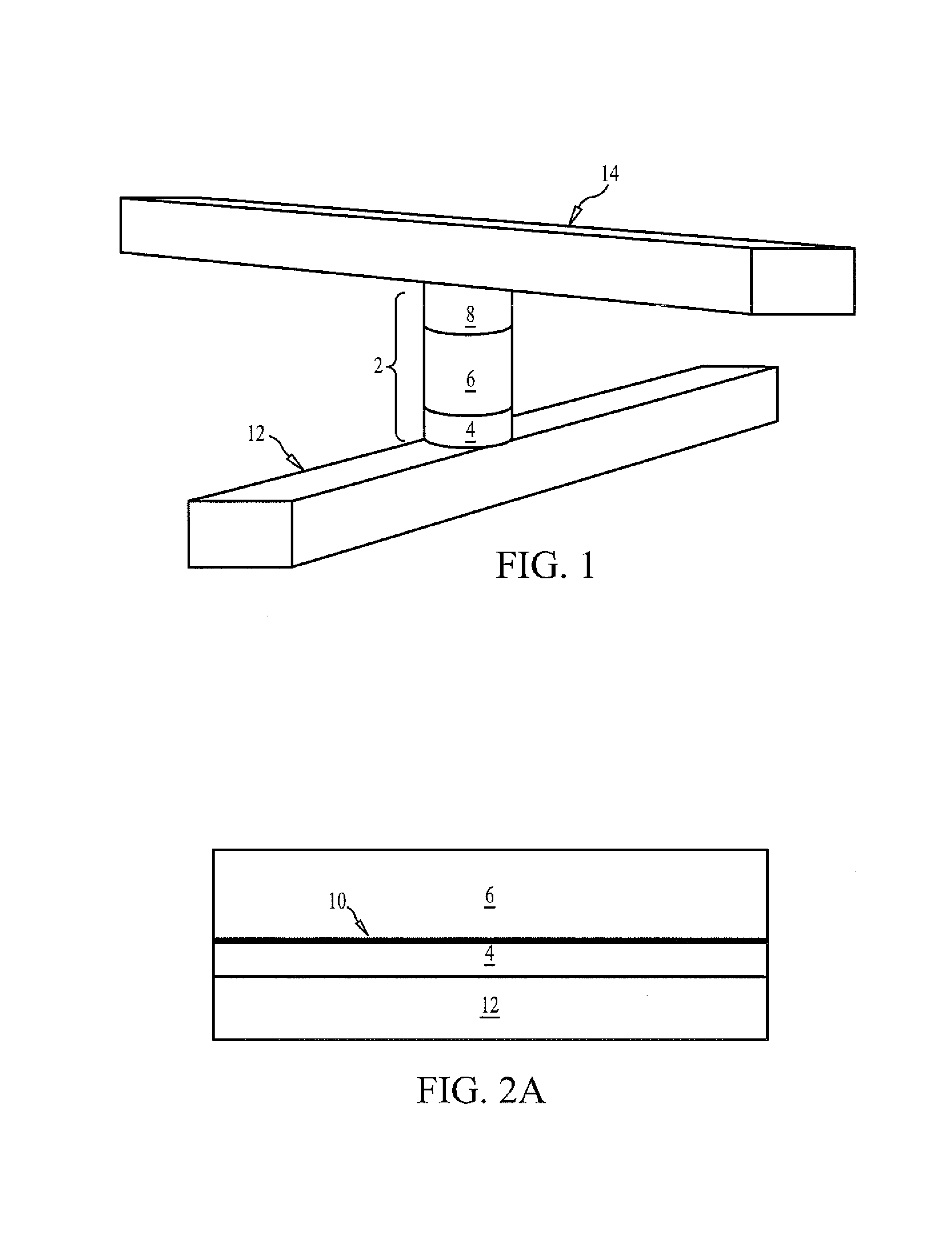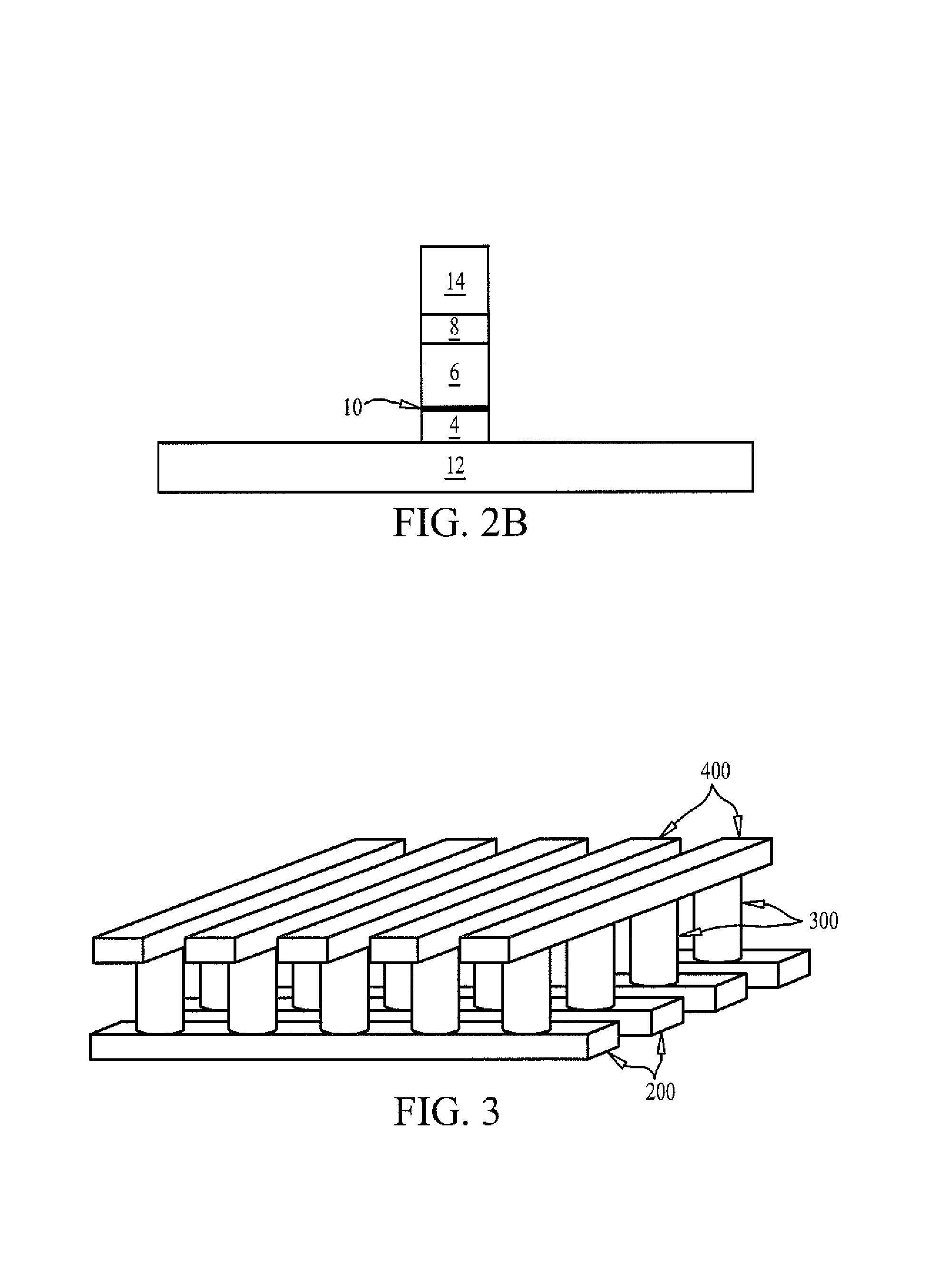Ultrathin chemically grown oxide film as a dopant diffusion barrier in semiconductor devices
a technology of semiconductor devices and oxide films, applied in the field of ultrathin chemically grown oxide films, can solve the problems of difficult to maintain sharp transitions in doping profiles, dopants that cannot reliably remain where they're, and dopants that tend to diffus
- Summary
- Abstract
- Description
- Claims
- Application Information
AI Technical Summary
Benefits of technology
Problems solved by technology
Method used
Image
Examples
Embodiment Construction
[0007]The present invention is defined by the following claims, and nothing in this section should be taken as a limitation on those claims. In general, the invention is directed to a chemically grown oxide film that serves as a dopant diffusion barrier.
[0008]A first aspect of the invention provides for a semiconductor device in an integrated circuit comprising: a first semiconductor layer; a chemically grown oxide grown on the first semiconductor layer, wherein the chemically grown oxide comprises nitrogen and is no more than about 7 angstroms thick; and a second semiconductor layer in immediate contact with the chemically grown oxide, wherein the first semiconductor layer or the second semiconductor layer is doped with a first conductivity-enhancing dopant, and wherein, after fabrication of the integrated circuit is complete, a concentration of the first conductivity-enhancing dopant is at least ten times higher in one of the first semiconductor or the second semiconductor layer t...
PUM
 Login to View More
Login to View More Abstract
Description
Claims
Application Information
 Login to View More
Login to View More - R&D
- Intellectual Property
- Life Sciences
- Materials
- Tech Scout
- Unparalleled Data Quality
- Higher Quality Content
- 60% Fewer Hallucinations
Browse by: Latest US Patents, China's latest patents, Technical Efficacy Thesaurus, Application Domain, Technology Topic, Popular Technical Reports.
© 2025 PatSnap. All rights reserved.Legal|Privacy policy|Modern Slavery Act Transparency Statement|Sitemap|About US| Contact US: help@patsnap.com



